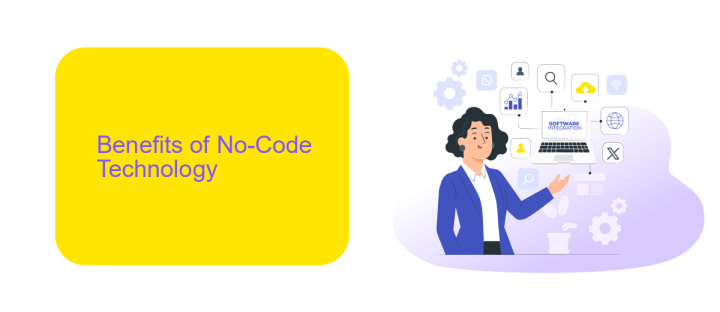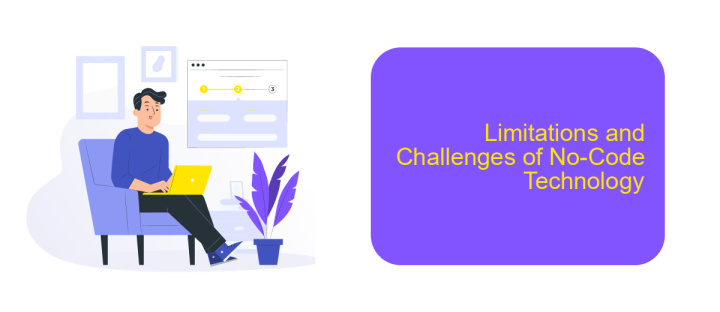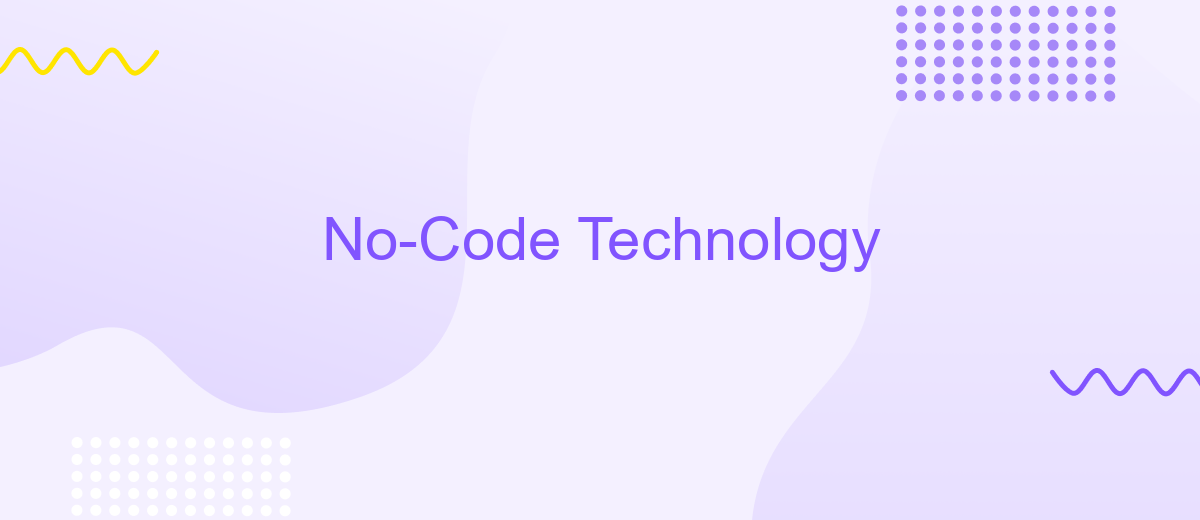No-Code Technology
No-Code technology is revolutionizing the way businesses and individuals develop software applications. By eliminating the need for traditional coding skills, it empowers anyone to create functional and sophisticated digital solutions quickly and efficiently. This democratization of technology opens doors for innovation, allowing more people to turn their ideas into reality without the steep learning curve of conventional programming.
Introduction
No-code technology is revolutionizing the way individuals and businesses approach software development. By allowing users to create applications without writing a single line of code, this technology democratizes access to digital innovation. It empowers non-technical users to bring their ideas to life, reducing the dependency on professional developers and accelerating project timelines.
- Ease of use: Intuitive interfaces make it accessible to everyone.
- Cost-effective: Reduces the need for expensive development teams.
- Speed: Rapid prototyping and deployment.
- Flexibility: Easily customizable solutions.
One of the standout features of no-code platforms is their ability to integrate seamlessly with other services. Tools like ApiX-Drive enable users to automate workflows by connecting various applications and services without any coding. This enhances productivity and ensures that different systems work harmoniously together. As no-code technology continues to evolve, it is poised to become an essential tool in the digital transformation toolkit for businesses of all sizes.
Benefits of No-Code Technology

No-code technology offers a multitude of benefits, making it an attractive choice for businesses and individuals alike. One of the primary advantages is the significant reduction in development time. Traditional coding requires extensive time and expertise, whereas no-code platforms enable users to create functional applications and websites rapidly. This accelerated development process allows for quicker iterations and faster time-to-market, which is crucial in today's competitive landscape.
Another key benefit is the democratization of technology. No-code platforms empower non-technical users to create and manage their own digital solutions without relying on specialized developers. This fosters innovation and creativity across various departments within an organization. Additionally, no-code tools often come with built-in integrations, simplifying the process of connecting different services. For instance, ApiX-Drive allows users to seamlessly integrate various applications, automating workflows and enhancing productivity. By leveraging no-code technology, businesses can reduce costs, streamline operations, and remain agile in a constantly evolving market.
Use Cases for No-Code Technology

No-code technology has revolutionized the way businesses and individuals approach software development. By eliminating the need for traditional coding, it empowers users to create applications and automate processes with ease.
- Business Process Automation: Companies can streamline their workflows by automating repetitive tasks, such as data entry and customer follow-ups, using no-code platforms.
- Website and App Development: Entrepreneurs and small businesses can quickly develop websites and mobile applications without hiring developers, reducing costs and time-to-market.
- Integration of Services: Tools like ApiX-Drive enable seamless integration between various software applications, allowing businesses to synchronize data and automate processes effortlessly.
- Prototyping and MVPs: Startups can use no-code technology to create prototypes and minimum viable products (MVPs) to test their ideas in the market before investing in full-scale development.
- Internal Tools: Organizations can build custom internal tools, such as dashboards and project management systems, tailored to their specific needs without relying on IT departments.
Overall, no-code technology democratizes software development, making it accessible to a broader audience. This empowers non-technical users to innovate and solve problems efficiently, fostering a culture of creativity and agility in various industries.
Limitations and Challenges of No-Code Technology

No-code technology offers numerous benefits, but it also comes with its own set of limitations and challenges. One of the primary concerns is the lack of customization options. Since no-code platforms are designed to be user-friendly, they often sacrifice flexibility, making it difficult for users to implement highly specific or complex features.
Another significant challenge is scalability. As businesses grow, their needs become more complex, and no-code solutions may not be able to keep up. This can result in the need to switch to more robust, code-based solutions, which can be time-consuming and costly.
- Limited customization options
- Scalability issues
- Dependency on platform providers
- Security concerns
Moreover, integrating no-code solutions with existing systems can be challenging. Services like ApiX-Drive can help bridge this gap by providing seamless integration capabilities. However, relying on third-party services introduces another layer of dependency and potential security risks. Therefore, while no-code technology is a powerful tool, it is essential to weigh its limitations against its benefits.
- Automate the work of an online store or landing
- Empower through integration
- Don't spend money on programmers and integrators
- Save time by automating routine tasks
Future of No-Code Technology
The future of no-code technology promises to revolutionize the way businesses and individuals approach software development. As the demand for digital solutions continues to grow, no-code platforms will become increasingly sophisticated, enabling users to create complex applications without needing extensive programming knowledge. This democratization of technology will empower more people to bring their ideas to life, fostering innovation and reducing the time and cost associated with traditional development methods.
Moreover, the integration capabilities of no-code platforms will expand, allowing seamless connections between various applications and services. For instance, tools like ApiX-Drive will play a crucial role in this ecosystem by providing easy-to-use interfaces for configuring integrations. This will enable businesses to automate workflows and enhance productivity without the need for specialized technical skills. As no-code technology evolves, it will continue to break down barriers, making advanced digital solutions accessible to a broader audience and driving the future of innovation.
FAQ
What is No-Code Technology?
Who can benefit from using No-Code platforms?
Can No-Code platforms handle complex projects?
How secure are No-Code applications?
How can I integrate different tools and automate workflows using No-Code technology?
Time is the most valuable resource for business today. Almost half of it is wasted on routine tasks. Your employees are constantly forced to perform monotonous tasks that are difficult to classify as important and specialized. You can leave everything as it is by hiring additional employees, or you can automate most of the business processes using the ApiX-Drive online connector to get rid of unnecessary time and money expenses once and for all. The choice is yours!


